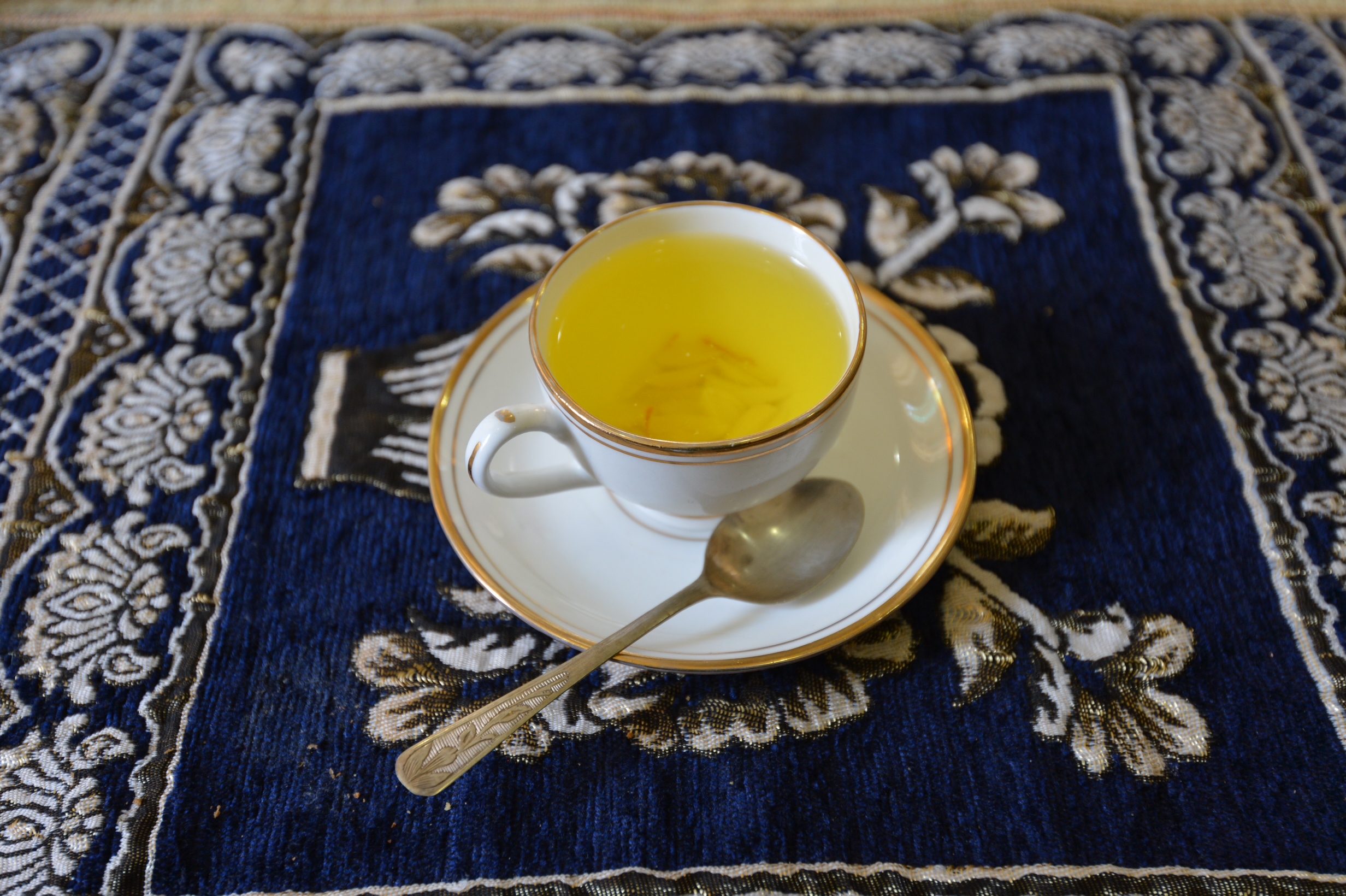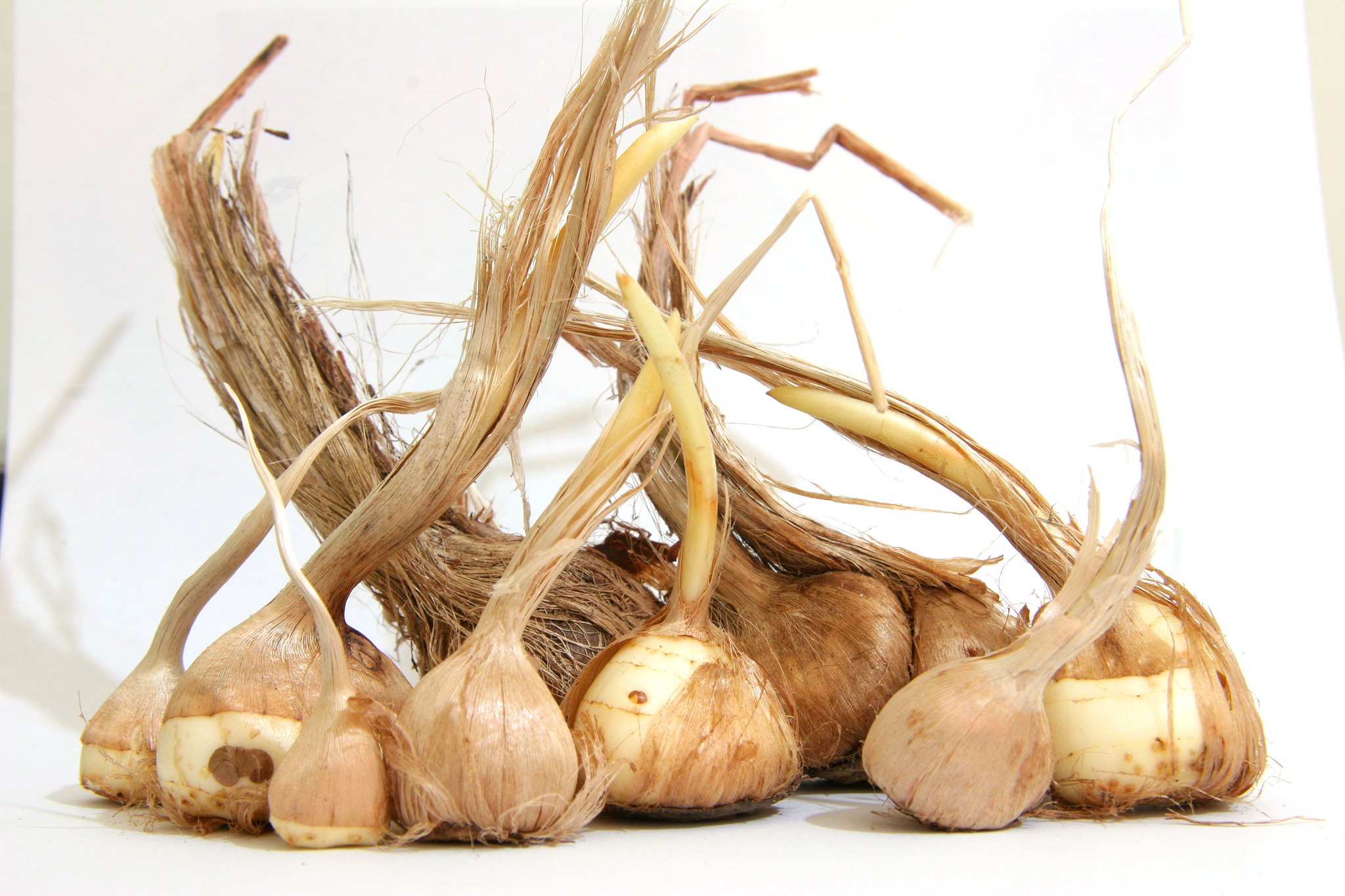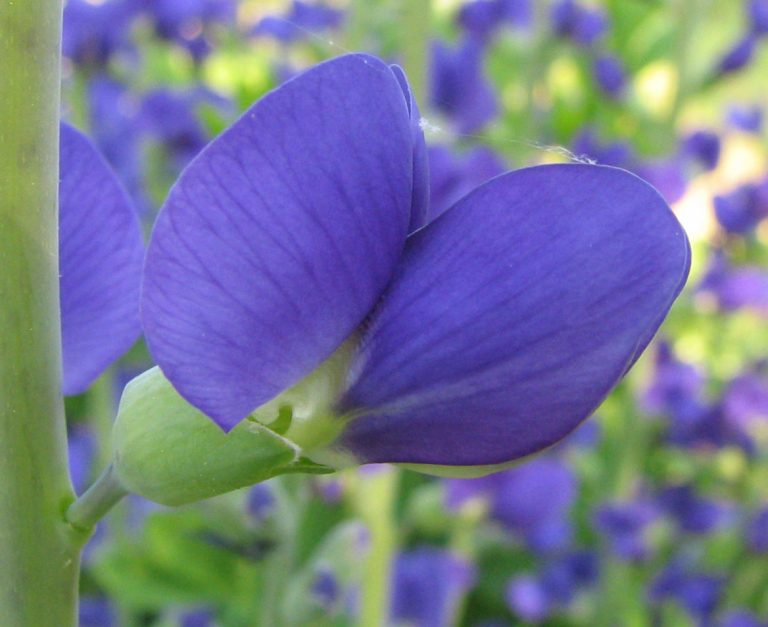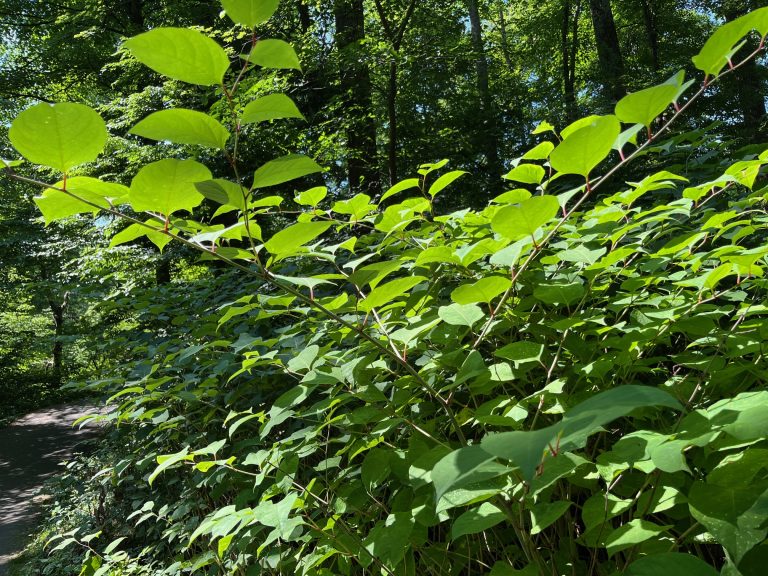When I accompanied my sister for her regular pregnancy check-up one time, I was surprised that her doctor advised her to drink milk with saffron. Little did I know that saffron, a favorite in the kitchen, can relieve morning sickness, nausea, vomiting, dizziness, and constipation; as well as improving the skin tone of a baby in the womb.
That’s right — this valuable spice is not only a flavorful and colorful culinary ingredient; it is an effective, natural remedy for many health issues. In India, saffron is known as Kesar, and is often applied in ayurvedic medicine.
What exactly is saffron?
Saffron is a deep-orange, thread-like spice with a potent, extraordinary flavor and aroma.
Produced mainly in Asia, the Mediterranean, and Eastern Greece, saffron is harvested from a small (about four inches in height) autumn-blooming crocus (Crocus sativus). This plant is a member of the iris family (Iridaceae), and not to be confused with the larger so-called autumn crocus, (Colchicum autumnale) which is highly poisonous and not a true crocus.
Crocus sativus grows from an underground corm and produces purple cup-shaped flowers which each contain three dark-orange stigmas. The hand-harvest and drying of these stigmas is incredibly labor intensive and time consuming, making saffron the most costly spice in the world.
Success
You are now signed up for our newsletter
Success
Check your email to complete sign up
With a price tag exceeding $1,000 per pound, saffron may seem way out of reach, yet the spice is pungent enough that a tiny amount goes a long way for both flavor and health.
In ayurveda, saffron is said to balance the three doshas — from Sanskrit meaning “disease,” three energies (Pitta, Vata, and Kapha) that govern the physical, mental and emotional aspects of the body. Chinese and other traditional medicines also value saffron’s balancing effect.
Medicinal uses
Saffron contains carotenoids, crocetins, manganese, crocin, riboflavin; Vitamins A, B, and C; minerals like iron and manganese; and possesses antioxidant, antidepressant, and anticancer properties. It is widely applicable for many ailments.
Boosts immunity
Recent studies have shown saffron to be effective at fighting infections, boosting the immune system, and reducing oxidative damage. Antioxidants present in saffron help remove free radicals and thus eliminate or prevent the growth of cancerous cells in the body, while also protecting the body’s healthy cells.
Healthy skin
In India, cosmetics containing Kesar sell swiftly since saffron has the capacity to lighten all sorts of skin complexions. Brands containing saffron earn a good reputation and make a large profit.
- Acne/Pimples: Saffron powder combined with honey and applied regularly to the afflicted area helps clear clogged pores and pimples. This simple remedy can also be applied to wounds to help reduce scarring.
- Skin brightening: Because saffron is high in antioxidants, it removes the toxic substances that cause skin dullness. A thin paste of saffron powder and milk applied to the face for 10 minutes will save you time and money on spa visits.
Respiratory relief
The active substances kaempferol and crocin present in the saffron protect the respiratory tract by removing infected particles in the lungs. Medical practitioners highly recommend saffron in the treatment of wheezing and other ailments of the lungs, such as bronchitis and asthma.
Maintains blood sugar levels
Saffron provides high levels of crocin and safranal, which mobilize antidiabetic responses. This spice naturally boosts pancreatic health and helps decrease blood sugar.

Promotes hair health
Saffron nourishes the hair follicles to reduce hair loss and reportedly also aids in the regeneration of hair in balding regions.
- Soak a few strands of saffron in 1/4 cup warm milk
- Add licorice powder to make a paste.
- Apply this to your scalp and hair.
- Leave it in for 15 minutes and rinse with cold water.
- Repeat weekly or twice weekly for severe cases.
Reduces anxiety and stress
Bioactive compounds in saffron help combat stress, sadness, and anxiety by increasing the synthesis of specific hormones such as dopamine, norepinephrine and serotonin. Saffron essential oil — or body products containing this ingredient — offer convenient application for these purposes.
Prevents obesity
Saffron is also surprisingly effective at weight loss. Not only does this spice curb the appetite to reduce between-meal snacking, it’s mood-boosting properties also reduce nervous and compulsive eating for pleasure.
Culinary uses
Ayurveda depends on kesar for all these ailments and more, with no unwanted side effects. Considering how precious it is, saffron seems well worth the price to regularly add a pinch to your diet.
Saffron is commonly used in rice, curries, or other sweet and savory recipes of many ethnicities — Spanish paella, French bouillabaisse, Italian risotto, Swedish lussekatter, and Persian sholeh zard to name a few. Saffron can be added to almost any meal to make it more flavorful and colorful, not to mention more healthful.

Saffron tea recipe:
A regular brew of saffron is a natural and refreshing way to stave off health problems.
For each cup of boiled water add about five strands of saffron, let it steep, and enjoy hot.
Saffron on its own is a special experience, but you can also add mint leaves, ginger slices, lemon and/or sweetener for added flavor. Drink the tea while it is still hot.

Growing saffron
If you are up for a challenge, you can also try growing saffron at home.
Corms can be purchased for about a dollar or two each. Saffron grows best in warm climates, where it can be treated as a perennial bulb. In cooler areas, the corms must be removed before the ground freezes, stored indoors over winter, and re-planted in the spring.
The corms should be planted in loose, well-drained soil, where they will get plenty of sun. Plant them in spring, about 4 inches deep, and 3 inches apart.
Rabbits, chipmunks and squirrels will happily devour the bulbs if they discover them. Cover your bed with wire netting, or plant them in well-managed containers if critters are a concern.

Unlike most crocuses, saffron crocuses bloom in the fall, producing 3-6 flowers per plant. Now for the challenging part: You can harvest all the stigmas from your flowers and it still won’t amount to much.
Although the flowers do not produce fertile seeds, your yield will increase over time. The plant self-propagates by generating new corms alongside the original one. To prevent crowding and promote a healthy crop, the corms should be lifted from the soil and separated every few years.
READ ALSO:
- Turmeric, the Golden Superfood, Can Be Grown at Home
- Healing Herbs and Spices of India, Part VI – Chia Seeds
Ila Bonczek contributed to this report.







